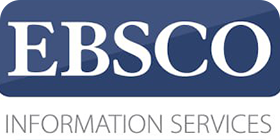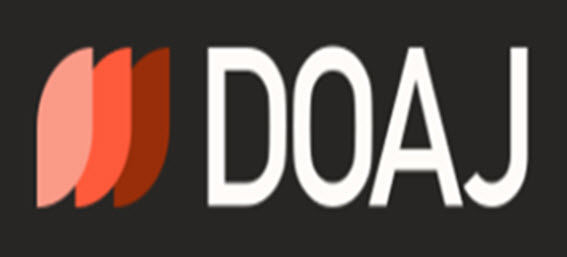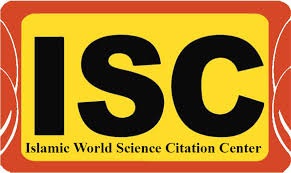The Relationship Between Parent–Adolescent Conflict and Addiction Proneness in Male High School Students in Bojnord County
Keywords:
Parent–adolescent conflict, addiction proneness, StudentsAbstract
Purpose: The present study aimed to examine the relationship between parent–adolescent conflict and addiction proneness among male high school students. Methods and Materials: This descriptive-correlational study was applied in its objective and included a statistical population of all male students in the second level of high school in Bojnord during the 2023–2024 academic year (N = 4,178). Based on Krejcie and Morgan’s sampling table, 351 students were selected through convenience sampling. Data collection was conducted using the Parent–Adolescent Conflict Questionnaire developed by Fine, Moreland, and Schwebel (1983) and the Addiction Proneness Questionnaire by Zeinali (2014). Data were analyzed using SPSS-20 with descriptive statistics, Pearson correlation coefficients, and stepwise multiple regression. Assumptions of normality, linearity, homoscedasticity, multicollinearity, and independence of errors were all checked and confirmed prior to regression analysis. Findings: Pearson correlations revealed significant negative relationships between addiction proneness and variables such as positive feelings toward father (r = –.222, p < .01), fusion with father (r = –.250, p < .01), communication with father (r = –.178, p < .05), positive feelings toward mother (r = –.008, p < .05), fusion with mother (r = –.142, p < .05), and communication with mother (r = –.268, p < .01). Anger toward father and mother showed significant positive correlations with addiction proneness. Multiple regression analysis showed that parent–adolescent conflict variables predicted 28.4% of the variance in addiction proneness (R = .533, R² = .284). Significant predictors included positive and negative emotional dimensions toward both parents, with anger toward father being the strongest positive predictor (β = .661, p < .001). Conclusion: Parent–adolescent conflict significantly contributes to the prediction of addiction proneness in male adolescents. Strengthening emotional bonds and reducing conflict within families may serve as effective prevention strategies. Interventions such as parenting workshops are recommended to mitigate risk.
Downloads
Downloads
Published
Submitted
Revised
Accepted
Issue
Section
License
Copyright (c) 2025 Reza Amani, Hadi Izanloo (Author)

This work is licensed under a Creative Commons Attribution-NonCommercial 4.0 International License.










